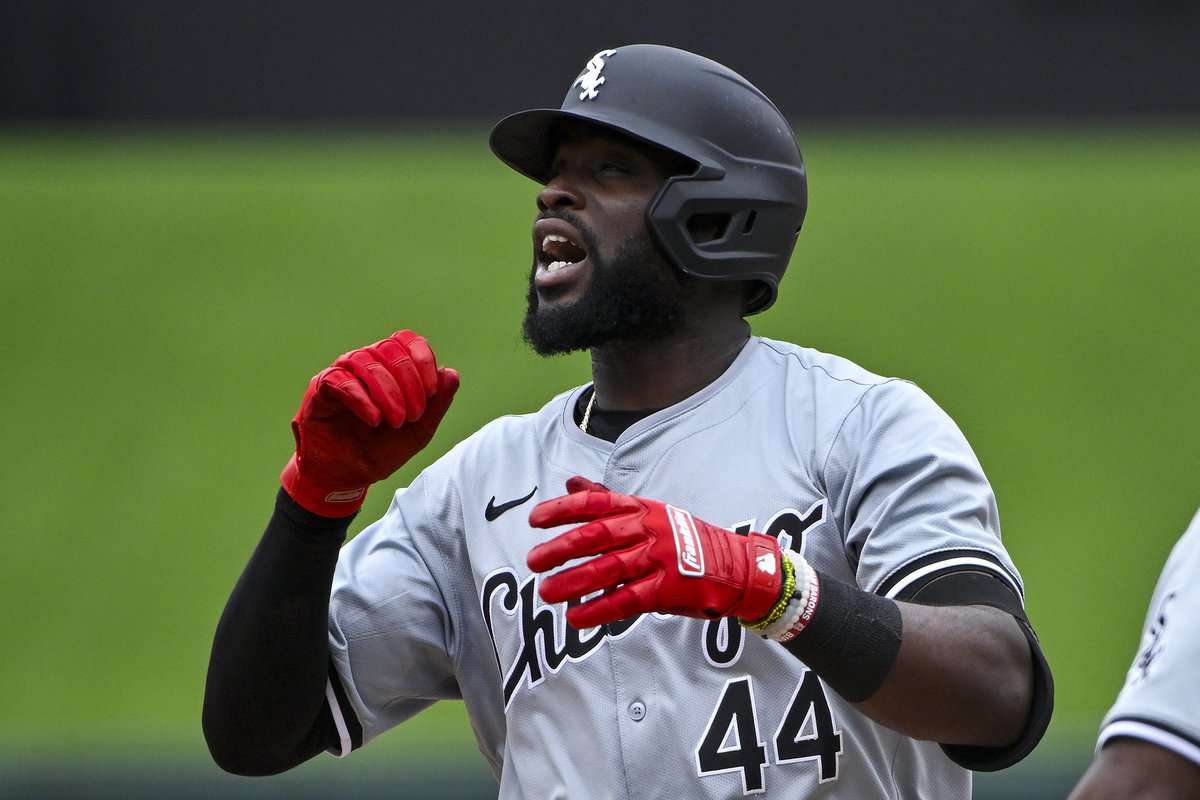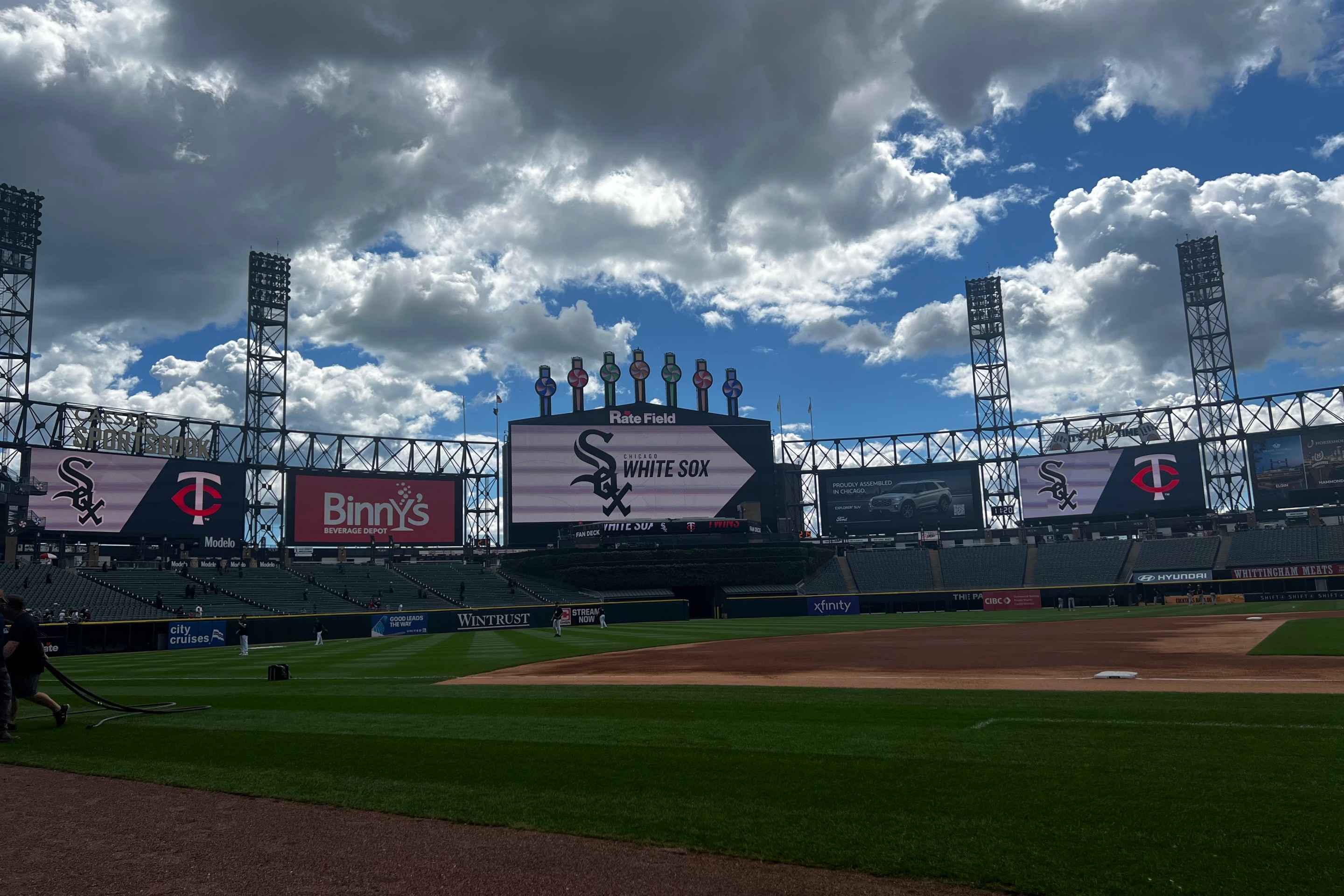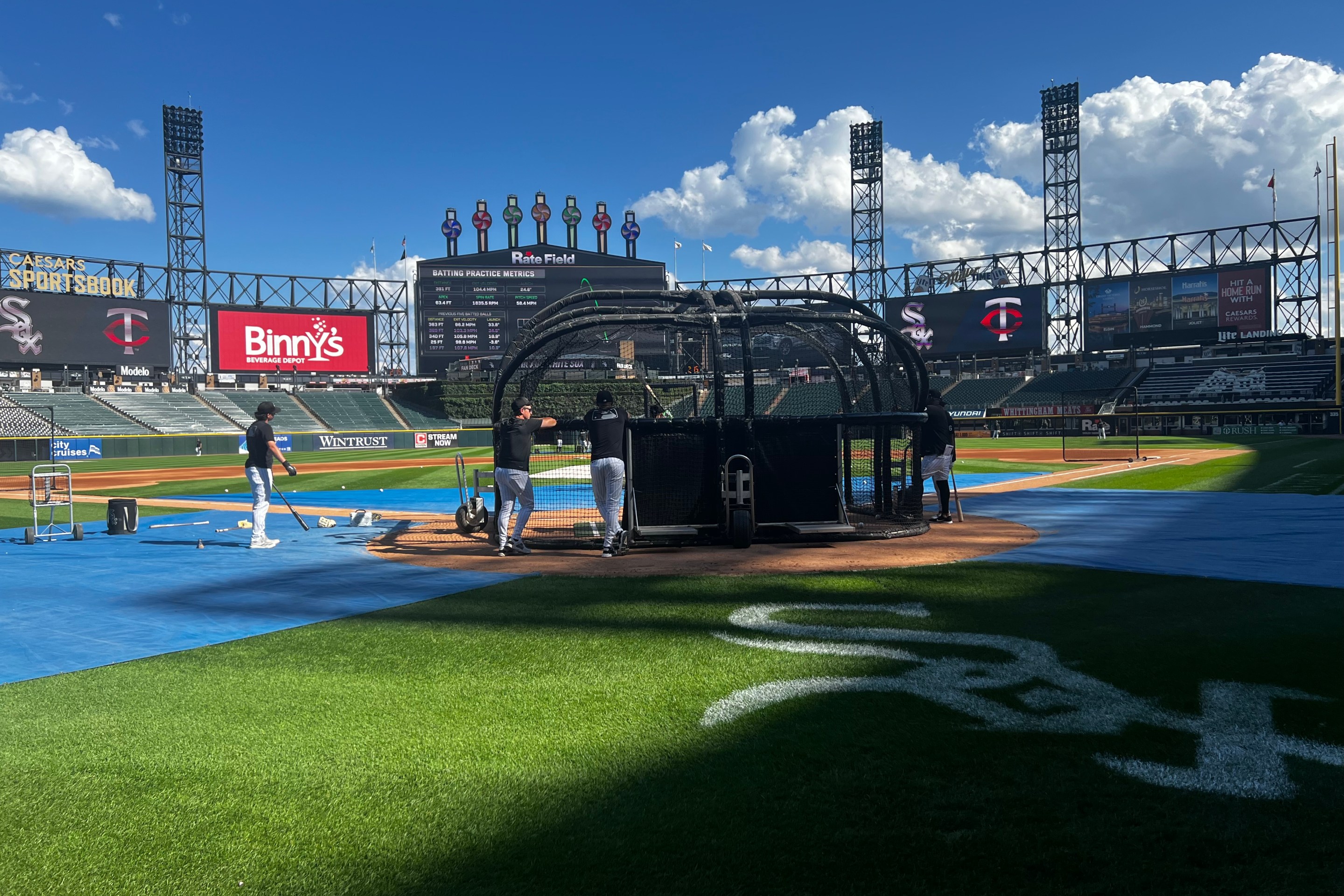Bryan Ramos always knew he was going to start hitting.
"Because I know the kind of player I am," Ramos said. "This is a process. Every time I want to be good. Now this year started a little different, but we've got to keep working and we're going to get back to where we're supposed to be."
Ramos seemingly had an argument to start 2024 higher than Double-A Birmingham, where he had hit .272/.369/.457 in 77 games the year before while accumulating some top-100 prospect hype. But his argument dissipated with a brutal .182/.265/.307 start to the season with the Barons. And while a surprise big league call-up due to roster necessity underscored organizational belief in Ramos long-term, it did not jolt him out of his struggles.
By the end of July he was at Triple-A Charlotte, where he was always expected to spend most of the season, but over halfway through a year that hadn't seen any sustained success anywhere. Like any power hitter of note, Ramos was getting peppered with spin from opposing pitchers. But what Ramos felt he grew most conscious of was being on time for the inside fastball on his hands that those breaking pitches would often set up.
"He was worried about getting beat on a fastball in, which kind of speeds everybody up, which makes him chase a little bit more on spin," said Knights hitting coach Cam Seitzer.
The Sox resolved to make Ramos' load actually faster, so that his decisions could be slower, so to speak. Like Edgar Quero last year, Ramos' load in his lower half had devolved into a large rocking of his hips, so at that crucial moment where he might recognize a breaking ball was darting out of the zone, his weight was already transferred out of his back leg and he struggled to stop his swing.
The prescribed remedy was to get Ramos to load by coiling on his back leg, rather than a large move away from the ball to load for power in his swing. Seitzer and hitting coordinator Alan Zinter both worked on the project, which Ramos now boils down to drills he performs to drive home the right feeling.
"In practice, I try to exaggerate [the coil movement] so in the game I can do it normal," Ramos said. "I don't think about it in the game, but I have a couple exercises I do in the gym as part of my routine."
This is its own careful balance, because Seitzer doesn't want Ramos to get to the point where he's actually internally rotating, so he drills as much as he feels he needs it. But the initial results speak for themselves. Ramos hit .302/.407/.542 with six home runs at Triple-A from Aug. 1 on, and then has had the spurt of success needed to force himself into a moribund White Sox lineup; launching his first career home run on Monday before a two-hit effort on Wednesday.
Ramos always knew he could and would hit, and he'll tell you as much, but will also point to his mechanical tweak as a catalyst.
"I'm making better decisions because I can see the ball longer," Ramos said.
"I liked what I saw [when Ramos was in the majors in May], I like what I see now," said interim manager Grady Sizemore. "I think he can hit. He can help us out."
After starting Ramos for all three games of this past series against the Guardians, Sizemore is starting to live up to his word. But since two of those starts were at designated hitter against left-handed starters while Gavin Sheets -- a mainstay in the Sizemore era -- sat on the bench, the question is where Ramos will play.
After one poor outing in left field during his second day on the team, Miguel Vargas hasn't played a position other than third base for the White Sox. As deeply as Vargas has struggled, the Sox feel the only remedy for him is sustained major league at-bats, and when he's out of minor league options next spring, it will be the only choice for him as well.
"We’ll play around with different ideas to get at-bats for these guys in the big leagues," said Chris Getz. "Obviously Miguel Vargas and Bryan Ramos are big parts of our future and we may need to get creative."
Ramos has an outfielder's glove in his locker, and a corner spot in the grass used to be what executives from the previous White Sox front office felt was his fallback position if he couldn't stick at third base. The five innings of left field Ramos played in Charlotte this year could be the tip of the iceberg, despite his work to stick on the infield.
"A little weird, it's kinda different and I haven't played outfield since 2016 maybe," said Ramos, who indicated he started up taking outfield reps again when he was called up to the majors for a single day in late August. "I can play different positions for the team. No matter what position I'm playing, I'm going to do whatever I can do to be on the field the most I can. They told me I'm going to spend time at third base and I'm going to spend time in the outfield, and I think that's a good opportunity for me."
It's not an opportunity that's likely to open up in the last 15 games of this season, though.
"It was very new to him," Sizemore said of Ramos' initial outfield reps. "I would hate to just throw him out there in a game right now where he’s not comfortable. I plan on keeping him at third base because he’s spent most of his time there and has most of his reps there. I doubt you’ll see him out there [in the outfield]. That might be something we start to slowly introduce in spring training next year and just see how he is."
Something needs to open eventually. If the Sox had 70 wins with long-term solutions at every corner spot, there would be little long-term reason to letting Ramos ride the pine. Instead they're at less than half that on both accounts, and it's not like Ramos is sounding particularly picky.
"Obviously I prefer third base, that's my base, I love it," Ramos. "But I'm going to keep working at both."





